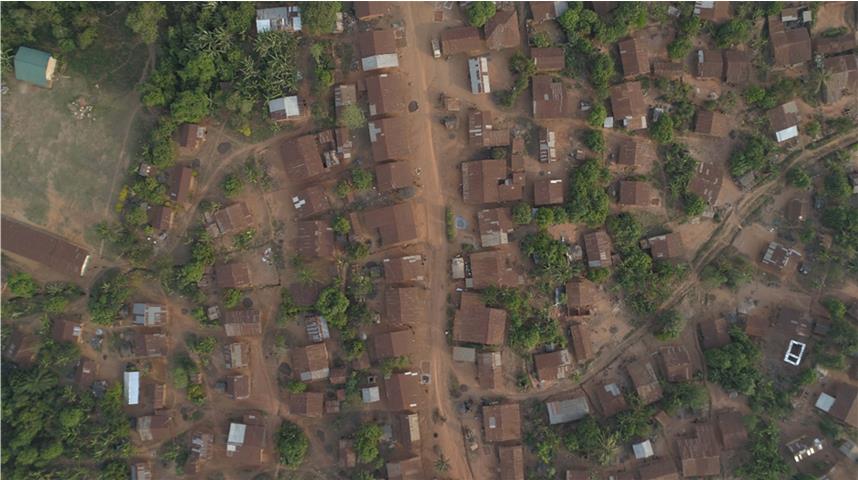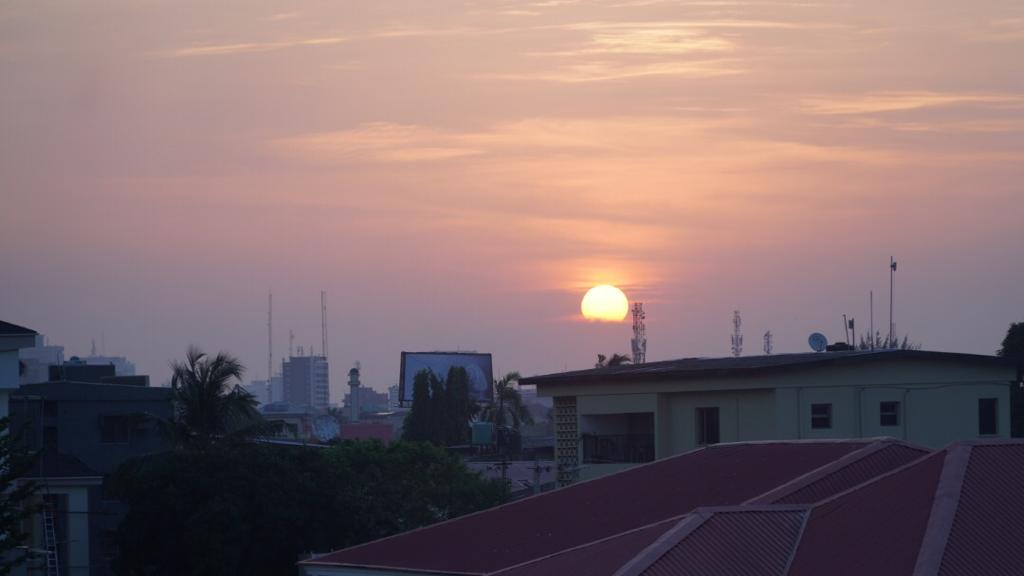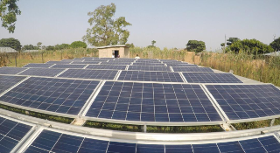
focused towards access to sustainable energy in AFRICA!


About 600 Mio Africans have no access to reliable electricity!

Africa is the continent with the highest
sunshine hours and about to harness its vast resources of sunlight!

We offer customized and sustaiable
solar energy solutions
for urban and rural consumers!

About 600 Mio Africans have no access to reliable electricity!
SOLARIZE AFRICA is founded by Germany based engineers and business experts to bring clean, sustainable and efficient energy solutions to urban and rural consumers in Africa, specifically in the merging countries of Sub-Sahara Africa (SSA). We concentrate on Africa as we believe access to affordable electricity will be one of the major infrastructures for socio-economic development of the continent.
Due to our contribution to solar projects around the world being experts for leading solar equipment manufacturers, engineering service providers and construction companies, we have 20+ years experience in the solar sector. Our focus on Africa is because we witness the lack of infrastructures as well our several years of experience in these countries, which enable us to adapt the international best practices to local requirements.
We are committed to provide system solutions that are unique to the installation location, customer needs and financial constraints aiming at high quality works and high level of customer satisfaction.
We are a dedicated team of FLEXPERTS offering solutions for affordable, reliable and clean energy and water supply in Africa.



Modern, affordable, reliable and sustainable energy is critical for economic growth in Africa. As of mid-2017, 62.5% of the population of sub-Saharan Africa do not have access to electricity. There are many existing initiatives in this space, and there has been considerable progress (between 2000 and 2016, the number of people without electricity access globally fell from 1.6 billion to 1.1 billion). Despite this progress, universal energy access by 2030 seems unlikely based on the current electrification path. Existing initiatives urgently need to result in accelerated deployments of the technologies, business models and capital flows in the region. Read More...
WASHINGTON, June 25, 2019— Mini grids, previously viewed as a niche solution, can provide electricity to as many as 500 million people by 2030, helping close the energy access gap, according to a new World Bank report. The combination of falling costs, dramatic increase in quality of service, and enabling policies has made mini grids a scalable option to complement grid extension and solar home systems. Mini Grids for Half a Billion People: Read More...
The visualisation below shows the global production of renewable energy over the long-term. As we see, historical production of renewable energy has been dominated by traditional biomass - the burning of wood, forestry materials and agricultural waste biomass. Although implemented at smaller scales for thousands of years, across a range of countries, hydropower output did not feature at large production scales with pumped storage development until the 1920s.
Today, traditional biofuels remain the largest source of renewables, accounting for 60-70 percent of the total. Traditional biomass remains the dominant fuel source for cooking & heating across many low-income households. The World Bank reports that only 7 percent of the world's low-income households have access to clean fuels and technologies for cooking; the average share in Sub-Saharan Africa was 13 percent; and approximately one-third in South Asia. Read More...